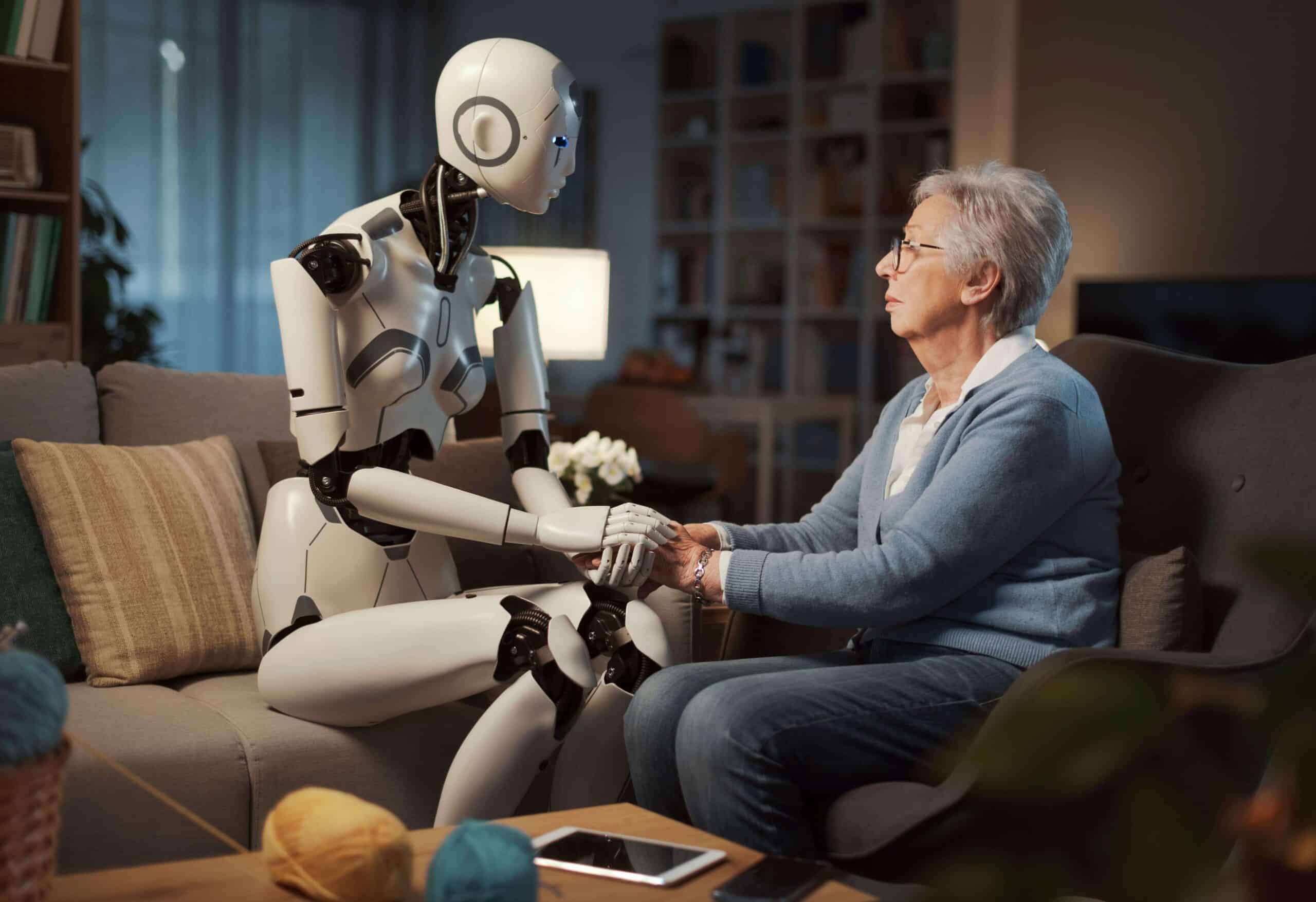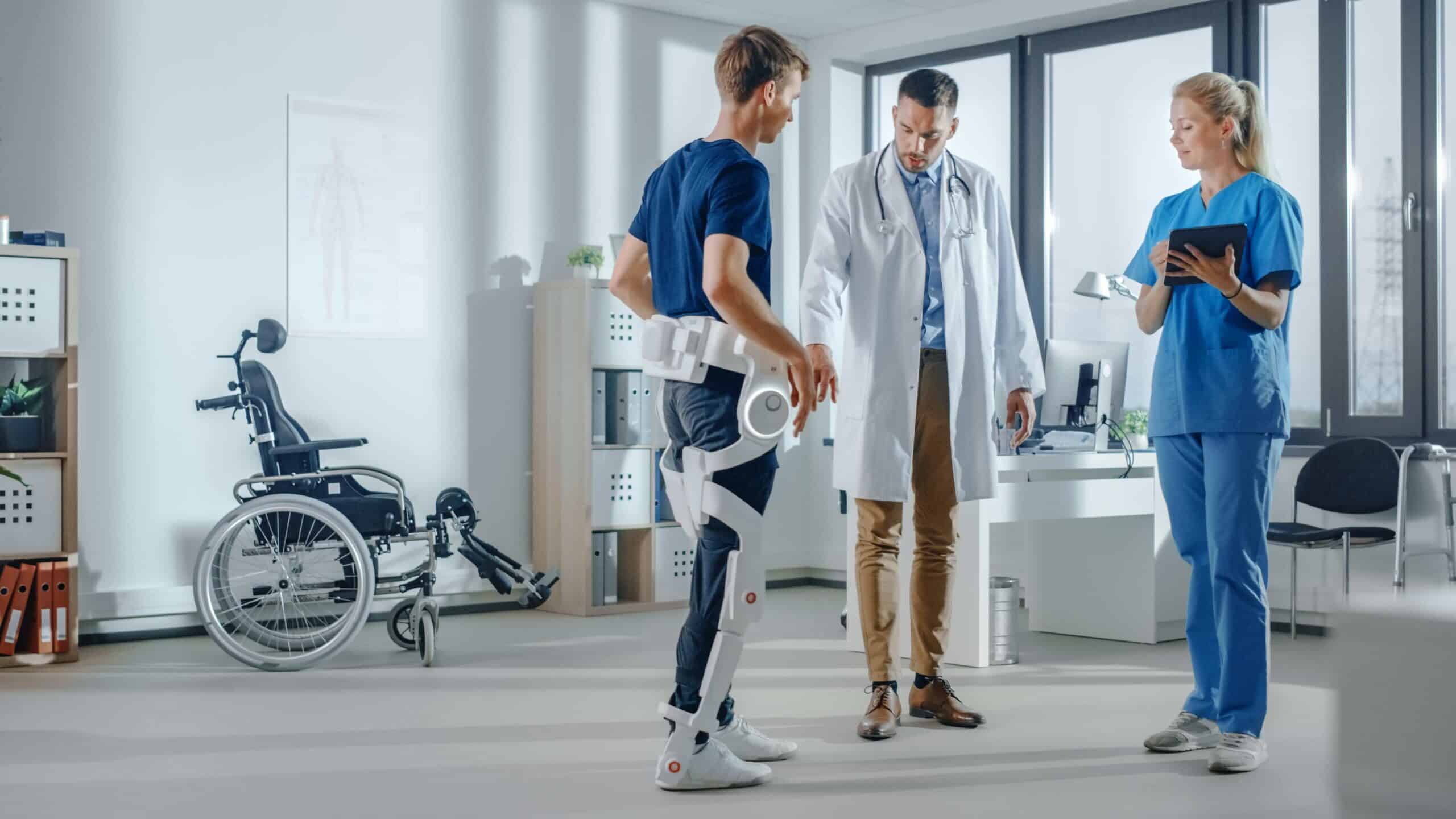The human body is a rather untidy place where your organs, bones, flesh, muscles, arteries and connective tissue all compete for space. Up until a few years back, if a surgeon needed to operate on a patient, he had to make large incisions and sift through all this to be able to reach the organ. This usually resulted in unsightly scars that took long to heal. Suffice to say that conventional surgery was and is not entirely without complications. Laparoscopic surgery, the very first minimally-invasive surgical method for minor abdominal surgery which emerged in the 1970’s, changed the entire surgical arena for ever. By the 1990’s, laparoscopic techniques had advanced exponentially and what was then considered distant future for laparoscopic applications has now arrived. And it’s as mind blowing as it is terrifying.
Introducing da Vinci – the robot surgeon
The future of minimally invasive surgery methods is full of promise as it reduces pain, cost, healing times, scarification, disability and morbidity. Robotic surgery enables surgeons to perform minimally invasive yet complicated procedures that are more precise and more controlled than conventional, ‘manual’ surgeries, even if performed by the most skilled surgeon with the steadiest of hands. The da Vinci robots, for instance, manufactured by Intuitive Surgical, have enabled surgeons the mobility and nimbleness to perform abdominal surgery within the limited space of the human body. Combine this nimbleness with imaging technology and augmented reality and your surgeon will be able to ‘see right through you’ by superimposing 3D information from CAT scans and MRIs onto the view of the actual tissue. This 3D virtual environment will enable the surgeon to ‘see the invisible’ as certain areas in the body can be ‘illuminated’ in order to track the movement of, for instance, cancer as it spreads through the lymphatic system, enabling the surgeon to intervene where possible. Apart from their primary focus, the abdomen, the bots are now also correcting vision problems, reshaping joints and even drilling into brains.
Video credits: FW: Thinkink
Surgical robots have seen tremendous technological advances but they are expensive, which explains why they are mainly deployed in state-of-the-art clinics in rich countries such as the US and the UK. The da Vinci’s cost up to $2 million – and that excludes the associated surgical instruments, the running costs and the cost of training surgeons on how to operate them. Besides enhancing the surgeon’s physical capabilities, robotic surgery in the future will take place in an ever more powerful virtual environment, where surgeons may even be able to control the robots with their minds. Imagine that!
Robotic arms inserted through your belly button? You better believe it!
Urological surgeon and Director at the Mount Sinai Clinic in New York, Dr. Michael Palese, performs an estimated 800 laparoscopic and endoscopic procedures on an annual basis. Of those, many are done in conjunction with a robot which enables Palese to perform precise prostate surgery and kidney surgery, where some surgical procedures in the past, before this technology existed, had required him to remove parts of a patient’s rib cage to get to the kidney. Robotic surgery is now widely used in many fields, specifically gynaecology and urology, but also for complex procedures such as cardiac valve repair.
See also: 7 Disruptive healthcare innovations that will bring the hospital to your bedroom
With its futuristic controls, the da Vinci Surgical System actually looks like a computer game, boasting 3 small, nimble and interactive robotic arms and a 3D-screen. The system consists of two components, the robotic part which performs the surgery and the console that is controlled by the surgeon. The arms handle the surgical instruments such as scalpels and scissors and they move the endoscopic cameras around to give the surgeon accurate 3D imaging. The robot translates the surgeon’s movements, but does so much more precisely by entering the robotic arms into the patient through small incisions. Sound futuristic? Listen to this: in the future we will be seeing single-incision procedures where snake-like arms will be inserted through, let’s say, a patient’s belly button, to crawl around your abdominal cavity. Mind blowing! To make it even more unbelievable: this technology can also be used remotely – as in very remotely – which we can see in the next part of this article.
Performing abdominal surgery on a patient in another part of the country – it’s being done!
Tele-surgery was born in the 1970s, when technology specialists at NASA started researching the possibilities of this remote surgery on astronauts with the use of robots. Since then, the NASA has worked steadily with the US Army to develop robots that can actually perform remote surgery. In order to simulate how the procedure would work in space, Mehran Anvari performed his first robot-assisted tele-surgery by stitching up a cut on a person residing at the Aquarius underwater base. Since then, the technology has developed in such a way that Zeus, Avari’s robot, has already performed more than 20 procedures, including hernia and abdominal surgery. Anvari controls his robot – stationed in a different part of the country – from a console at the St. Joseph’s clinic in Hamilton, Canada. He says these procedures don’t feel different from if he were performing them from his own operating room; his hands are on the robot in the same manner as if he were to hold the surgical instruments himself. The robotic cameras are his eyes and he can communicate with the theatre staff to give them instructions.
OctoMags in your eye, Shakespeare in your brain: the microscopic future is here!
Currently, surgery is done on a human scale, so to speak. Human hands and human eyes. But imagine the improvement in surgery outcomes if those scales could be changed and fine-tuned with robot interaction? Robots translating large, human movements into tiny microscopic ones, could transform surgeons into micro-surgeons. This is not fiction! Surgical robots are already being inserted in eyes and bloodstreams.
See also: 6 healthcare technologies that will render your family doctor obsolete
The bot’s in the eye of the beholder
Researchers in Zurich are developing near microscopic robots called OctoMags, which can assist with delicate surgeries. The tiny bots make use of retractable needles for probing and a body that has a diameter the equivalent of give or take, 4 human hairs, making it as thin as a surgical scalpel. Guided by electromagnetic impulses through magnets positioned around the head of the patient, the OctoMag can be manoeuvred through the area where the surgical procedure is to take place. The nanobot is not yet ready for actual use in human surgery but the first rounds of experiments with this technology have already been carried out to explore the eye. Have a look at the (rather creepy) video below to get an idea of what that would look like.
Video credits: 03dom
Cancer treatment at the source
A research team at the Bar-Ilan University in Israel has started human trials to use nanobots in the treatment of cancer by injecting them into a patient suffering from leukaemia. These tiny bots have been developed to pinpoint cancer cells and administer treatment at the source. This test with human blood has proven incredibly accurate as healthy cells had been bypassed and left undamaged. Hopefully these nanobots will one day become part and parcel of delicate medical and surgical procedures on a much larger scale – making it possible to safely and accurately administer medical assistance in previously ‘impossible’ places, at the source, thereby limiting damage, debilitating side effects and risk of complications.
Shakespeare in your brain
Not only does the future of nanobot technology look bright from a medical and surgical perspective; the co-founder of the MIT Media Lab, Nicholas Negropronte has something equally, if not more intriguing in mind for the microscopic bots. He is of the opinion that the bot could be loaded or programmed with data, instead of medication. Imagine interacting with the brain from within, instead of from the outside! This could, in theory, be accomplished by injecting the bots into the bloodstream after which they would enter into the nervous system of the brain. According to Negroponte, we could theoretically load the works of William Shakespeare or Christopher Marlowe into our grey matter. Wow! Imagine the possibilities!
Not great at maths? Ask a cockroach for help
A team of Israeli scientists has had incredibly promising breakthroughs with nanobots created from genetic material as opposed to metal or plastic. The team demonstrated how DNA can be used to create and implant a minuscule piece of equipment inside a cockroach, functioning as a primitive biological computer. The scientists have actually managed to program this minute computer to solve basic mathematical problems! As you can see, lots of robotic surgery trials are taking place all over the world, and it seems like only yesterday when an article in 2000 in Popular Science made a prediction that medical and surgical robots the width of a human hair would soon be mass-produced, travelling to those parts of the body that were previously inaccessible by conventional medicine. And we’re not far off because apparently, if you believe the predictions, surgical nanobots will be ready for human trials by 2020. But the question is: are you ready?








